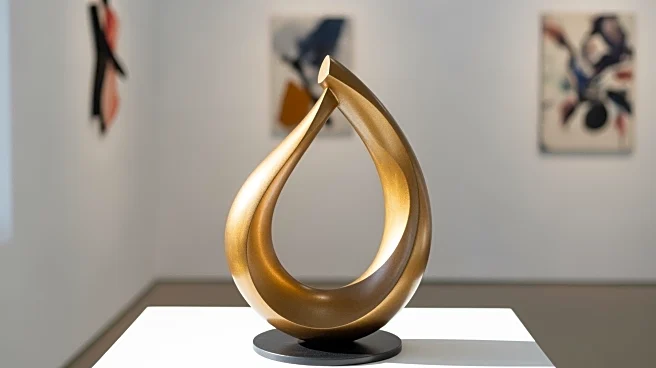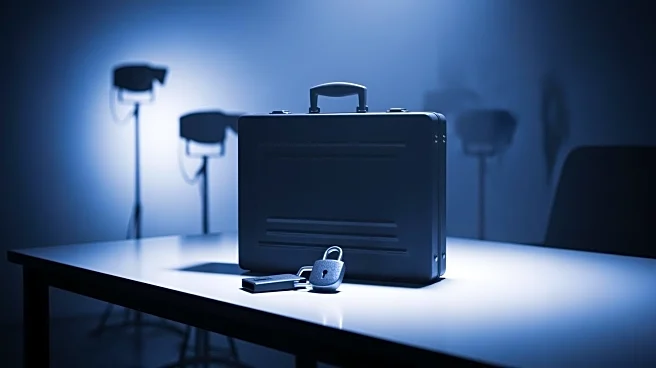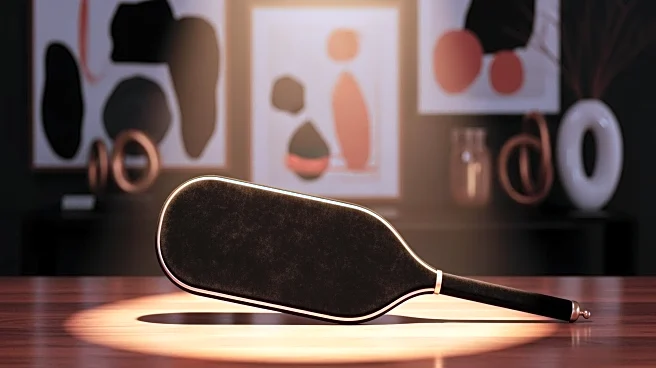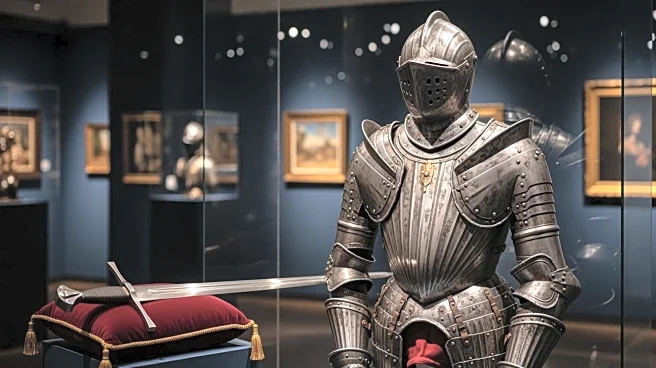What's Happening?
Inigo Philbrick, a former art dealer known for his high-profile fraud schemes, was apprehended by U.S. authorities in Vanuatu, a remote island nation in the South Pacific. Philbrick had been on the run,
evading capture while facing numerous claims from investors and collectors. His arrest involved a dramatic extraction by private jet during the pandemic, marking the end of his elusive escapades. This development is part of a broader investigation into Philbrick's activities, which have been chronicled in a series titled 'Art World Infamy.' The series explores the rise and fall of Philbrick, detailing his fraudulent dealings and the subsequent legal actions.
Why It's Important?
Philbrick's arrest is significant for the art world, highlighting the challenges of prosecuting art fraud and the lengths to which authorities will go to bring perpetrators to justice. The case underscores the vulnerabilities within the art market, where high-value transactions can sometimes obscure fraudulent activities. For investors and collectors, this serves as a cautionary tale about the importance of due diligence. The resolution of Philbrick's case may also influence future regulatory measures aimed at preventing similar frauds, potentially leading to increased transparency and accountability in the art industry.
What's Next?
Following Philbrick's arrest, legal proceedings are expected to continue as authorities work to resolve the claims against him. The art community will be watching closely to see how the case unfolds and whether it leads to broader changes in art market regulations. Stakeholders, including galleries and collectors, may advocate for stricter oversight to prevent future incidents. Additionally, the outcome of Philbrick's case could impact his ability to re-enter the art world, as industry insiders debate the possibility of redemption for those involved in such high-profile frauds.











